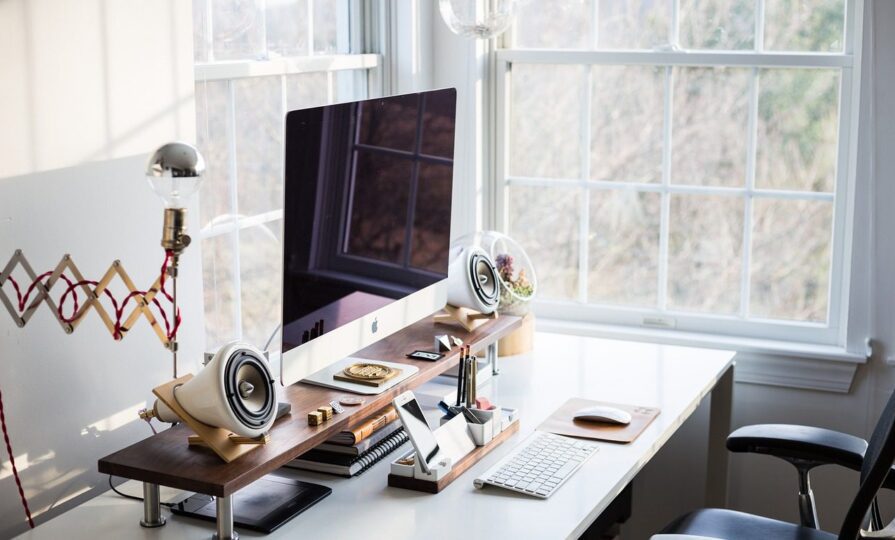Ergonomics isn’t just about fancy chairs

We tend to associate ergonomics with equipment: standing desks, lumbar cushions, adjustable chairs. And yes, they help. But if that’s where the conversation stops, most companies miss the point.
Because true workplace comfort isn’t only about what you sit on. It’s about the ecosystem around you—how spaces are set up, how people move through them, and how often they’re forced to adapt their posture to suit bad design.
This is what we call passive ergonomics. It’s not flashy, but it’s powerful. And when ignored, it slowly drains focus, comfort and productivity.
When “almost right” adds up to a problem
A screen that’s slightly too high. A light that casts glare in the afternoon. A desk that’s just a touch too deep. None of these seem like deal-breakers in isolation. But together, they force small adjustments—leaning forward, tilting the head, squinting at the display—that over hours (and months) become real strain.
That’s why proper screen height and distance matter just as much as the chair itself. If the display is too far away, even a top-tier office chair won’t stop someone from hunching forward. Likewise, if task lighting isn’t adjustable, posture will always adapt to light—not the other way around.
The fix isn’t expensive. It’s observational. Notice how people actually use the space—not how it looked in the fit-out brochure.
Comfort comes from flow, not just furniture
Passive ergonomics also lives in movement. If people hesitate to get up and walk because circulation paths are blocked, or desks are too tightly packed, they stay put longer than they should. That leads to stiffness, mental fatigue and disconnection from the team.
Even small obstacles—clutter, uneven floors, chair legs that bump into each other—can discourage healthy movement.
And of course, when people do move, the floor beneath them matters. A poorly chosen surface or uneven carpet can create friction (literally). That’s where something like a carpet protector for office chair becomes surprisingly relevant. It supports smooth motion, encourages natural repositioning, and reduces low-grade strain over time.
It’s not exciting. But it works.
Design for comfort, not just compliance
You don’t need to overhaul your entire office. But you do need to ask better questions: Are people adjusting their bodies instead of the space? Are they moving enough? Are they comfortable without needing to think about it?
Ergonomics isn’t a checklist—it’s a culture. Build it quietly into the space, and your teams will feel it—even if they can’t explain why.



